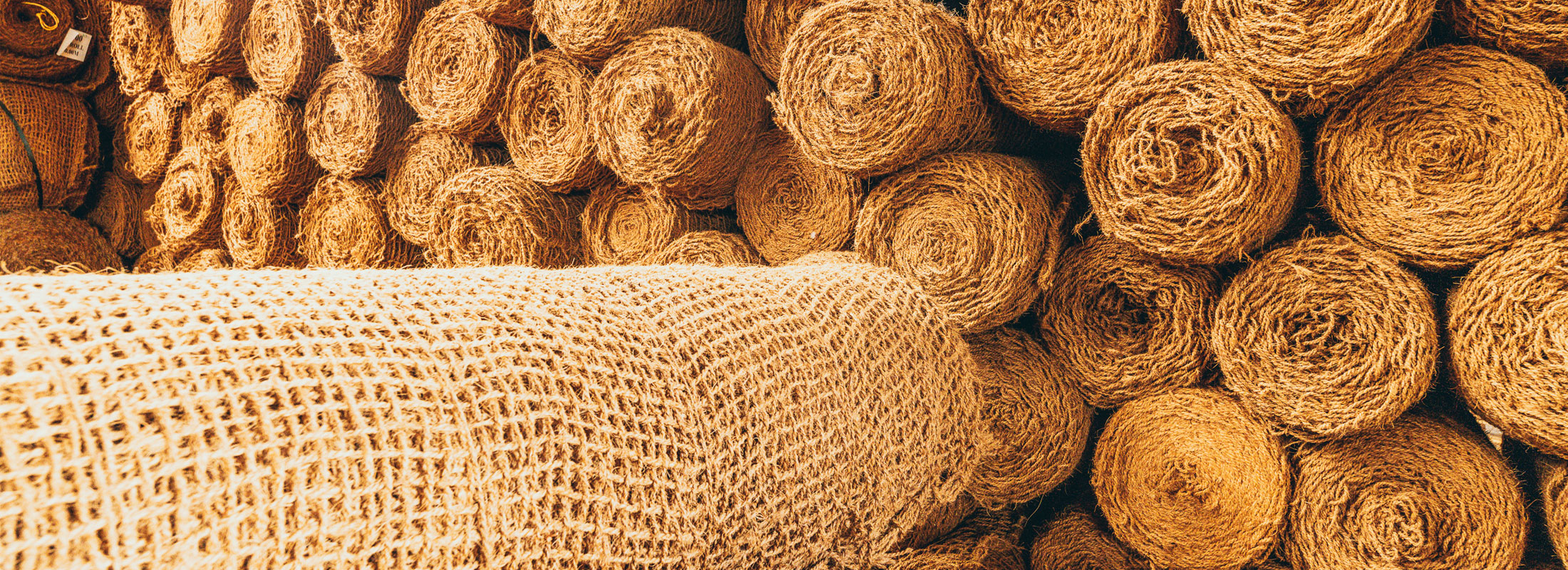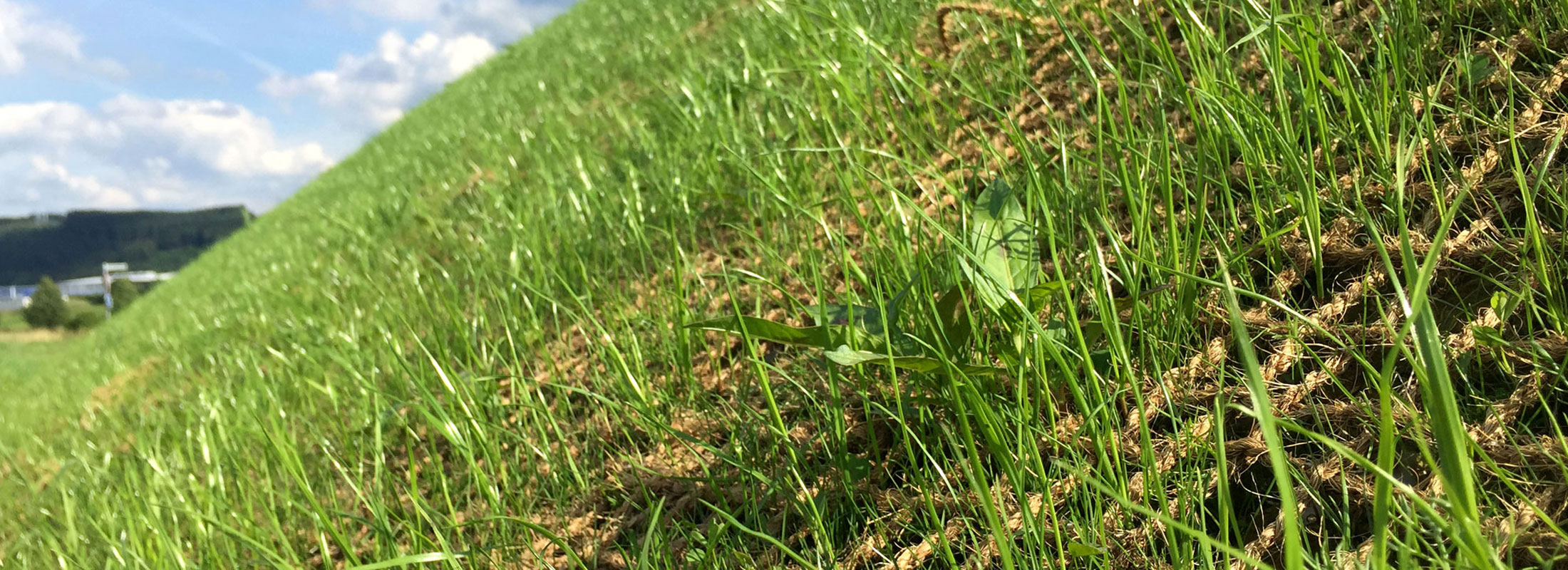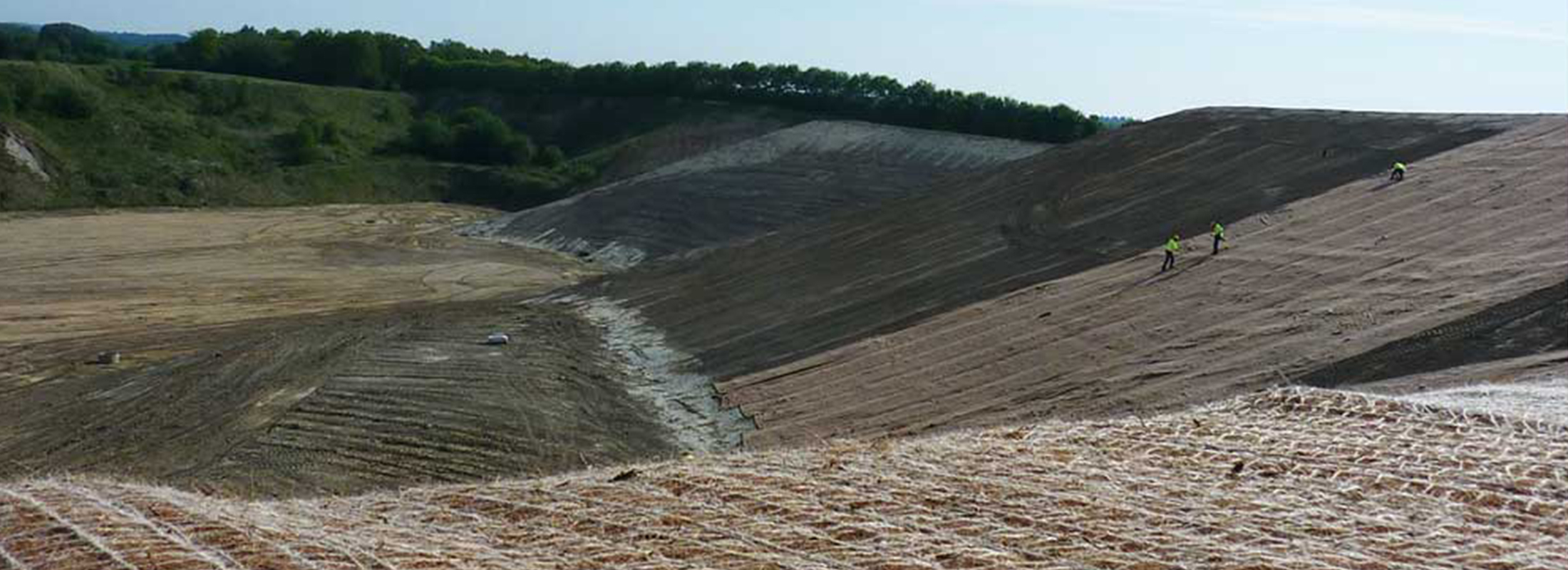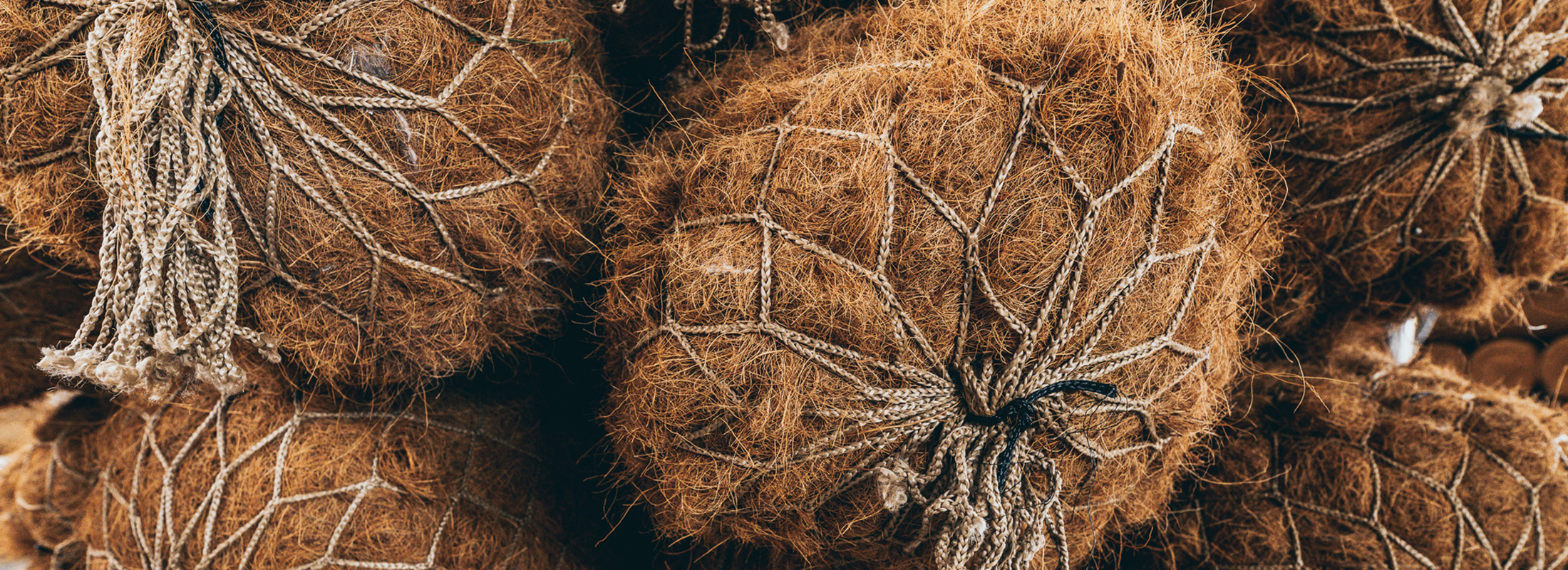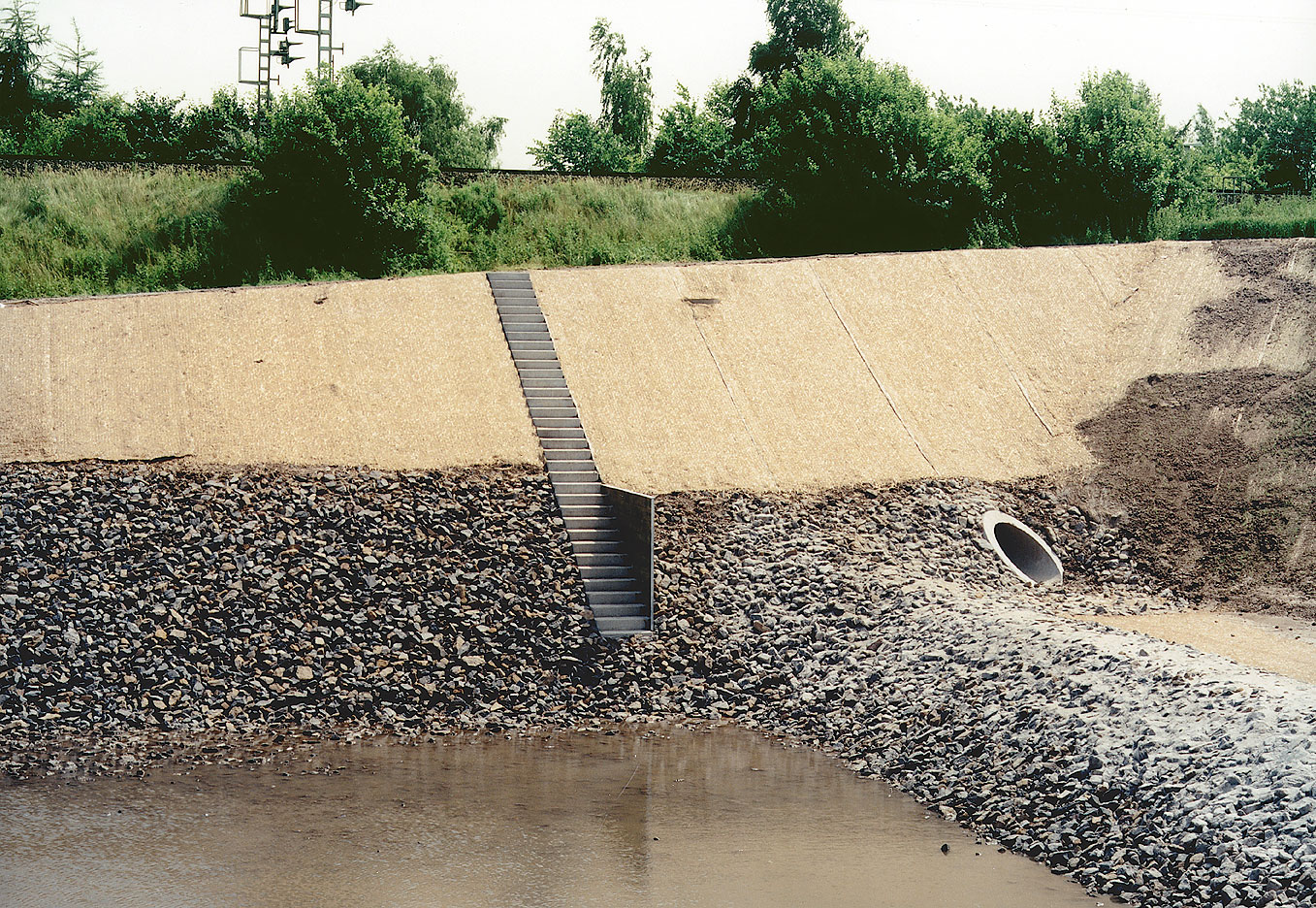Lanka Coco Products offers a comprehensive range of biotechnology products for all types of erosion. Our products are mainly used in the fields of soil erosion, bioengineering, slope stabilisation and streambank stabilization.
Soil erosion removes the top soil particles from one site and redeposit in another site. It creates harmful effects to both sites. Major erosive forces are runoff and wind.
Global soil erosion destroys over 12 million acres of land in each year. Soil erosion is a naturally occurring process, but human activities, such as construction clearance, greatly increase this process. Soil erosion damage to the environment. Most prominent damages are washout of nutrient of soil resulting arid areas, mud accumulation in reservoirs and damaging to the irrigation systems. The removal of vegetation exposes soil to the erosive forces of wind and water resulting in the loss of topsoil, minerals and nutrients. These losses result in costly cleanups and loss of land productivity. Environmental concern and the rising cost of erosion damage have become serious considerations in all development projects and land management practices.
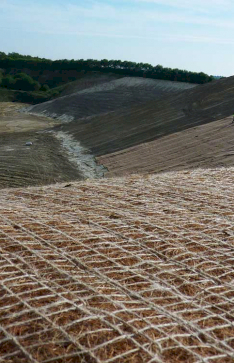
Bioengineering is becoming the most effective and widely using remediation method for erosion problem. all over the world. Bio-engineering involves the use of vegetation in engineering design to protect natural terrain and man-made structures from soil erosion problems. Bio-engineering techniques provide practical and cost-effective solutions to many of the environmental concerns associated with infrastructure development. Slope stabilization and stream bank stabilization are main concerns of bioengineering applications.
Many of eroding sites are lack or free of vegetation due to construction clearance or unfavorable environmental conditions occurred either natural or man made. Main concerns of bio technical works for such sites are moderating existing erosion and promoting the establishment of vegetation. Lanka Coco Products offers comprehensive range of bioengineering solutions

LCP Geotextiles, constructed of coir, a biodegradable fiber made from coconut husks, these products protect the site from erosion, retain moisture and nutrients, and allow roots to develop naturally. Native plants are able to fully establish themselves before the support system decomposes, leaving only natural biomass.
Native advantage of LCP coir geotextiles is they can be prevegetated before installation allowing natural landscape to establish in accelerated manner.
Product range of Lanka Coco allows Engineers either to utilize existing vegetation or suppress the existing vegetation for more custom landscaped vegetation establishment.
Recent catastrophic landslide and storm events in the world, resulting in the loss of human life and irreparable damage to rural communities, illustrate a huge need for improved management of unstable slopes in both urban and natural environments. Current geo-engineering measures, involving the use of reinforcing techniques, offer an effective solution to the problem. Stabilising and reinforcing effects of vegetation on natural and artificial slopes will be examined with a view to developing adequate management strategies and new techniques for the prevention of such disasters. The relationship between tree and woody plant architecture, root anchorage and root reinforcement will be investigated and correlated to soil mechanical and physical properties, as well as slope stability.
Stabilized slope means slope with fully developed vegetation with less of erosion. So slope stabilization involves establishment of new vegetation while controlling the existing erosion. Many of new construction projects forms slope sites resulting heavy erosion with destroying natural landscape. Rapid stabilization of slopes is becoming a vital issue of any geotechnical work. There are lots of ways in slope stabilization such as use of geosynthetics, Hydromulching or hydroseeding and bioengineering works. Among those bioengineering provide the most sustainable application. Lanka Coco blankets and nettings provide custom made application for any of specific project.

Streambank stabilization consists of using vegetation or structural materials to stabilize and protect banks of streams, brooks, rivers, or excavated channels against scour and erosion from flowing water. Streambank vegetation that is sufficiently developed contributes large woody material to streams, creates critical structural elements of habitats for many different species. Still streambanks stabilized with shrub and tree vegetation provides excellent habitat for fish and wildlife species. Maine's fisheries rely on a combination of shading and leaf drop by the plants. Shading protects fish species from "thermal pollution" -- when the water heats up too much for fish to thrive. Leaf litter provides the first link in the food chain -- a food source for the insects that young fish feed on.
The purpose of streambank stabilization is:
To prevent stream damage due to utilities, roads, buildings, or other facilities adjacent to the banks,
To maintain the capacity of the channel,
To control channel meander that would adversely affect downstream facilities,
To reduce sediment loads causing downstream damages and pollution,
To improve the stream as a habitat for fish and wildlife.
LCP Erosion control fabric and coir logs ensures efficient establishment of vegetation on stream banks

Projects
International Geotextil GmbH (www.igg.de) has exclusively used during construction various products from Lanka Coco Products (Pvt) Ltd. Some of there prestigious projects are listed below.
